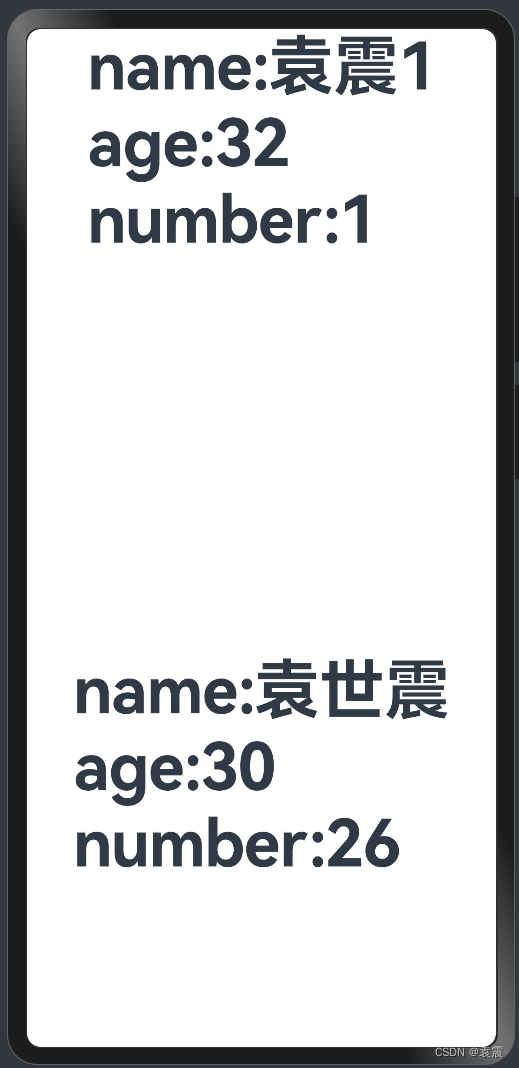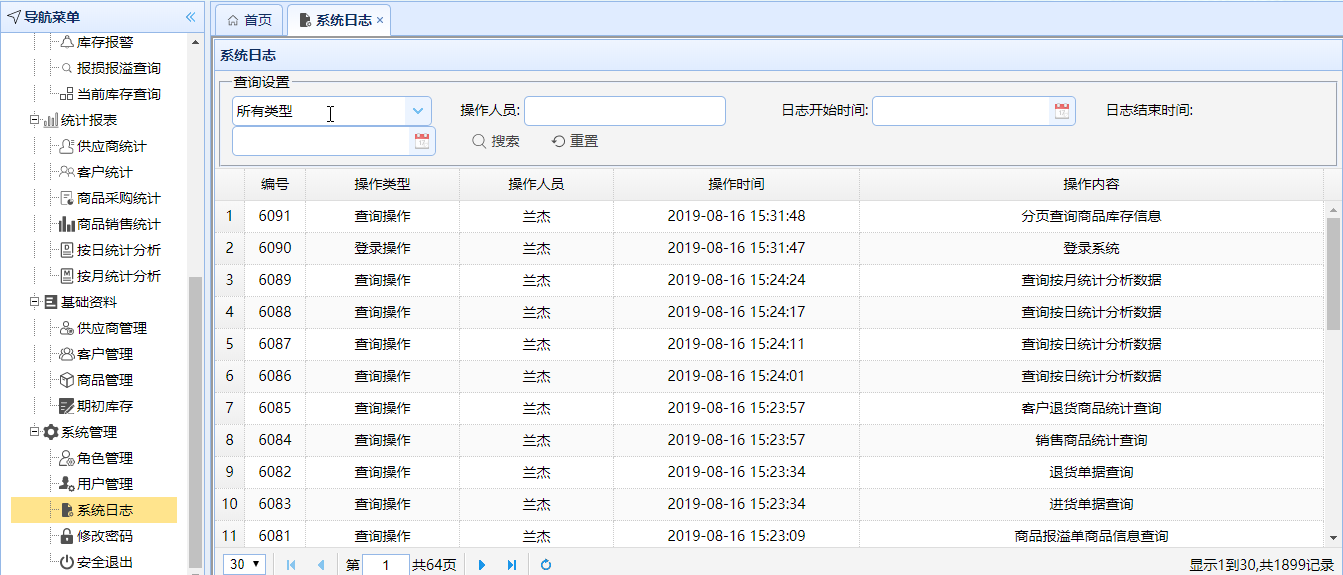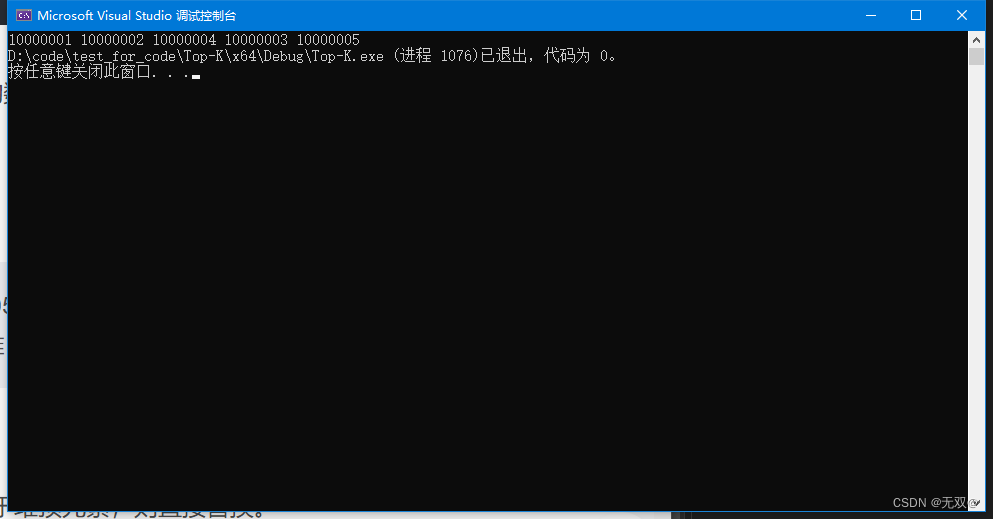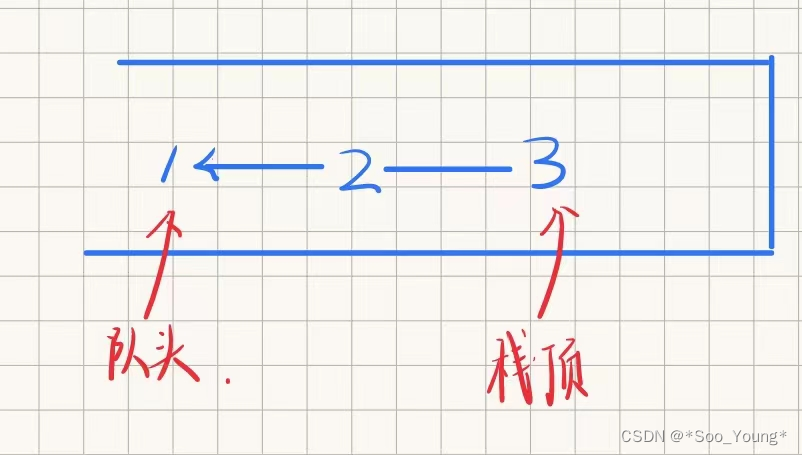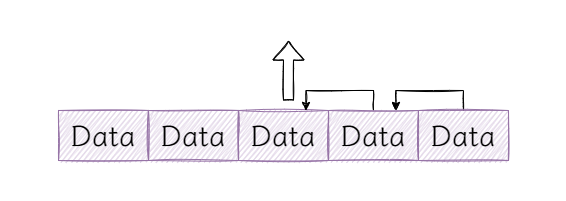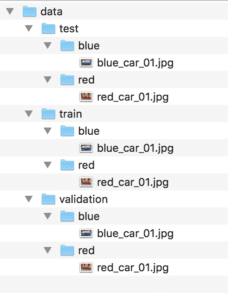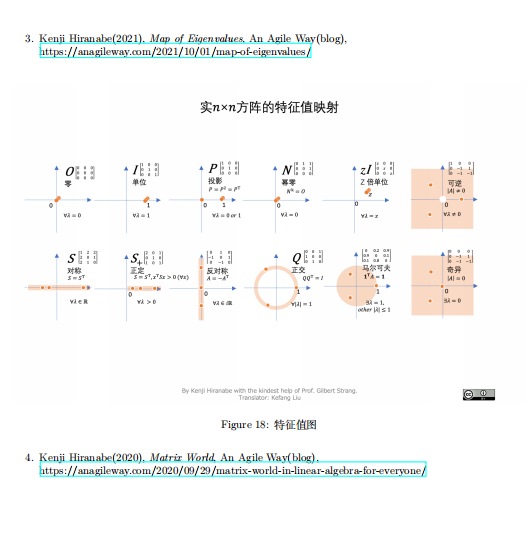

在JavaEE中,特别是在基于Spring框架的JavaEE应用中,Controller是用来处理HTTP请求的组件。Controller中的每一个Handler方法都是负责处理特定的请求,并确定返回值与形参。以下是一般情况下的Handler方法的确定返回值与形参的详细说明:
-
返回值:
-
String类型: 通常,Handler方法返回一个String类型的值,表示视图的逻辑名称或视图的路径。这个逻辑名称或路径将被解析为实际的视图,以便渲染给用户。例如:
@Controller public class MyController { @RequestMapping("/welcome") public String welcome() { return "welcomePage"; } }在上面的例子中,
welcome()方法返回了字符串"welcomePage",该字符串会被解析为实际的视图路径,比如"/WEB-INF/views/welcomePage.jsp"。 -
ModelAndView对象: 有时候,Handler方法可以返回一个
ModelAndView对象,该对象包含视图名称和模型数据。这使得控制器能够更灵活地指定视图和传递数据给视图。例如:@Controller public class MyController { @RequestMapping("/welcome") public ModelAndView welcome() { ModelAndView modelAndView = new ModelAndView("welcomePage"); modelAndView.addObject("message", "Hello, welcome to my website!"); return modelAndView; } } -
void类型: Handler方法也可以返回void,此时通常期望通过
HttpServletRequest和HttpServletResponse参数直接操作响应。这种情况下,不会有特定的视图解析,开发者需要手动处理响应。@Controller public class MyController { @RequestMapping("/welcome") public void welcome(HttpServletRequest request, HttpServletResponse response) throws IOException { response.getWriter().write("Hello, welcome to my website!"); } }
-
-
形参:
-
HttpServletRequest和HttpServletResponse: 控制器方法可以接受
HttpServletRequest和HttpServletResponse作为参数,以获取请求信息和操作响应。 -
@RequestParam: 使用
@RequestParam注解可以将请求参数映射到方法的参数上。@Controller public class MyController { @RequestMapping("/greet") public String greet(@RequestParam("name") String name, Model model) { model.addAttribute("greeting", "Hello, " + name + "!"); return "greetPage"; } } -
@PathVariable: 通过
@PathVariable注解可以从URI模板中提取变量。@Controller @RequestMapping("/users") public class UserController { @GetMapping("/{userId}") public String getUserProfile(@PathVariable Long userId, Model model) { // 处理用户ID并返回视图 return "userProfilePage"; } } -
Model和ModelMap: 这些参数用于在处理方法中传递模型数据到视图。
@Controller public class MyController { @RequestMapping("/welcome") public String welcome(Model model) { model.addAttribute("message", "Hello, welcome to my website!"); return "welcomePage"; } }
-
这些示例展示了在JavaEE中,特别是Spring框架中,如何通过Controller的Handler方法确定返回值和形参。实际上,这些都是基于注解的配置,框架会根据这些注解来执行相应的逻辑。
前端与Controller的交互: 通常,前端页面中的表单、链接或其他交互元素会发送HTTP请求到后端的Controller。这些请求的参数可以通过上述的形参绑定机制传递给Controller方法。后端处理完请求后,可以通过返回值指定视图,同时也可以通过模型传递数据给前端。
例如,在前端的HTML页面中可以使用Thymeleaf等模板引擎来展示Controller方法返回的数据:
<!-- welcomePage.html -->
<!DOCTYPE html>
<html>
<head>
<title>Welcome Page</title>
</head>
<body>
<h1 th:text="${message}"></h1>
</body>
</html>
总体而言,通过返回值与视图解析、形参与数据绑定,Controller与前端建立了联系,实现了前后端的数据传递和交互。这种联系的建立使得开发者能够更容易地实现动态、交互式的Web应用。

